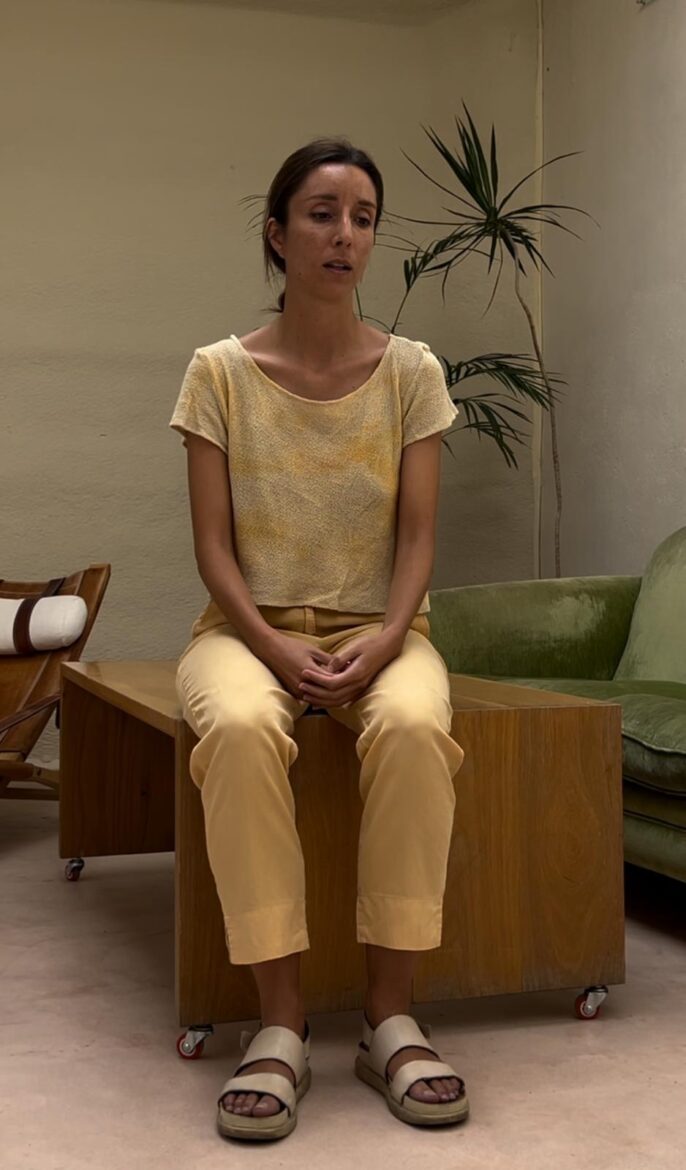
Julia Grunberg
Artist
Julia Grunberg (1988) is a visual artist from Madrid who explores human behaviour in interior spaces through installation, intervention, drawing and painting. She has received several awards, such as the INJUVE Creation Grants, where she developed mobile devices that approach space as a dynamic body.
exposicion
Thinking the city
The call “Pensar la Ciudad” (Thinking the City) called on emerging artists to reflect and dialogue on the contemporary city through their work, offering unique perspectives on their real experiences, research and desires, from a critical awareness. The initiative sought to give voice to visions that offered a new reading of urban landscapes and societies.
We have had an exceptional jury:
asun rodríguez montejano. Comisaria
Elba Benítez. Galería Elba Benítez
Carlos Garaicoa. Artista
Javier Aparicio. Galería El Chico
Paco de Blas. Gestor Cultural
Carlos Alvarez. Editor. Piece with Artist
Silvia Hengstenberg. ART U READY y The Sibarist
El Invernadero
San Lorenzo, 11
His work includes notable exhibitions, such as in El Chico (2021) and Mexico City (2022), where he explored the architecture of Mario Pani. Trained in Interior Architecture and with a master’s degree from Parsons, he has worked on prominent projects, including the renovation of the Convento de San Marcos in León. ‘50% Cotton, 50% Plaster’ explores the coexistence between the intimacy of interior space and urban public space, using clotheslines as a symbol of this connection. The work rescues the tradition of urban clotheslines, reflecting how these elements reveal the daily life and history of generations, especially of women who performed domestic chores. In a context of urban modernisation that often eliminates these vestiges of community, the installation seeks to re-humanise the urban environment, highlighting the evolving role of women and celebrating the diversity and uniqueness of cities.